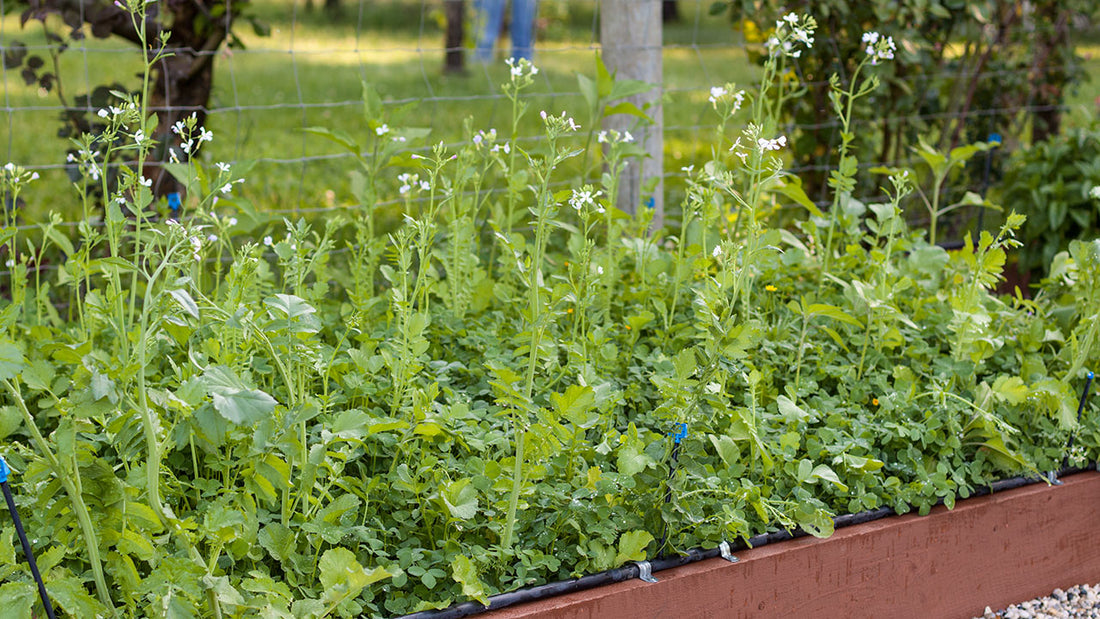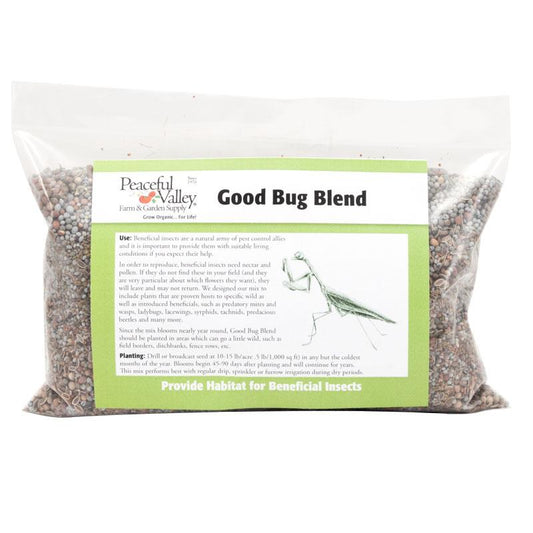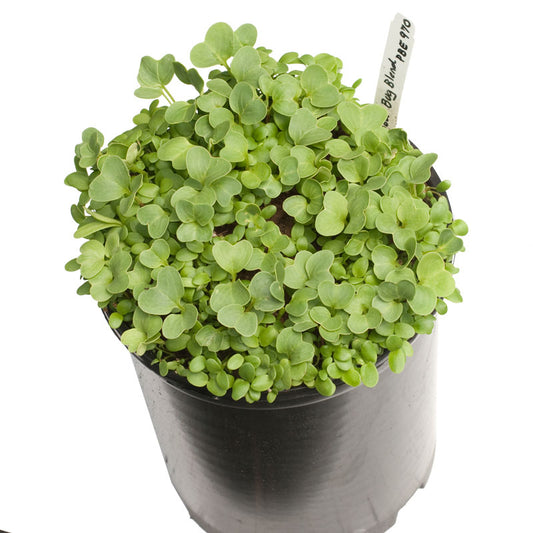Beneficial Insects Can Make A Positive Impact In Your Garden
A hedgerow is like a neon sign in your garden that spells VACANCY to beneficial insects. Organic gardening is about creating a garden that is alive and in balance. Beneficial insects are an essential form of life for your garden. Keep adding components to support garden vitality and you'll move closer to a balanced garden that has its own cycle of life.

Two simple ways to breathe more life into your garden
Compost
* Making compost and adding it to the soil introduces microorganisms to enrich the life cycle in your soil and is beneficial to the roots of the plants. Need a refresher? We have a video and related articles about composting.
Hedgerows
* Planting wildflowers and grasses in a hedgerow attracts beneficial insects to consume many of the pesky insects. Wildflowers alone will draw beneficial insects; learn more about which bugs like which wildflowers. A hedgerow is a mixture of grasses and wildflowers and is the optimal way to bring the good bugs to your door.
How a Hedgerow Works
Grow a strip of our flowering cover crops, designed to make the beneficial insects say, Yum! and stick around. Hedgerow is an old word for plantings at the edges of fields, and hedgerows can include shrubs and small trees. We created cover crop seed mixes that will flourish at the edges of fields or gardens, and support families of good bugs.
Beneficial insects such as ladybugs, green lacewings, syrphid flies, minute pirate bugs, assassin bugs, and others all need pollen and nectar at some point in their life cycles. That's why we put together a long-blooming mix with the flat flowers that make easy eating for these insects with short mouths. 
Our Good Bug Blend, has been field-proven for over a decade in large and small-scale growing areas. Since the mix blooms nearly year-round, Good Bug Blend should be planted in areas that can go a little wild, such as field borders, ditchbanks, and fence rows.
Typically, you need to plant only 1% to 5% of your land with this mix for good results. It has lots of clovers for the bees along with the umbel-shaped flowers beloved by many beneficial insects: Crimson Clover, Red Clover, Nungarin Subclover, Yellow Sweet Clover, Hykon Rose Clover, White Clover, Semi & Non Dormant Alfalfa, Coriander, Daikon Radish, Dill, Red Radish, Carrot, Calendula, California Buckwheat, Baby's Breath, Sweet Alyssum, White Yarrow, Caraway, Celery, Chervil, Fennel, and Parsley. 
Do you want a more controlled look in your hedgerow? We also mix seeds that will grow only 2 feet tall (perfect to tuck under trees or grape vines, or in the home garden)—our Low-Growing Good Bug Blend. The blend is a bug-pleasing mix of Carrot, Chervil, Coriander, Clovers (Crimson, White, and Rose), Subclovers, Nasturtium, Parsley, Alyssum, and Yarrow. 
How to Plant a Hedgerow
In our video, Tricia plants a hedgerow in the strip between her orchard and her driveway, using Good Bug Blend and a packet of wildflowers. To plant this mix, prepare the seed bed. Some of the seeds are very small, so make sure the area is finely graded. To get proper coverage, divide your seed (no matter how much you’re sowing) into two parts.
Mix half the seed with an inert material like vermiculite or sand (not beach sand). You want a one to one ratio: one part seed, one part inert. Using either a rotary spreader or hand broadcasting, cover the whole area. Then mix the other half the same way and make one more pass. This will ensure you don’t have any bare spots. Either tamp down the soil with a board or a lawn roller, or just add some compost on top of the seeds to cover them. Water your seeds and soon you will have a beautiful home for beneficials for seasons to come. 

Find more information on beneficial insects in our category of books on Pest Control. * Favorites are Organic Gardeners Handbook of Natural Insect & Disease Control and the handy Landscape Pests ID Cards and Tree Fruit Pest ID Cards to carry outdoors. *
For more information on insects and bugs in the garden, see one of our latest posts in the Resource Center.




2 comments
Lion, Looking at the ingredients on both mixes looks like nothing would be a problem. However, we are not experts on livestock like horses and chickens, so if you are concerned I would show the mix to your vet to just make doubly sure.
Are the good bug blend and low growing blend okay to have chickens or horses forage on? I know their benefit is for when they flower, but maybe in the off season allow them to? there’s nothing toxic to animals/wildlife in the mixes is there?
thanks